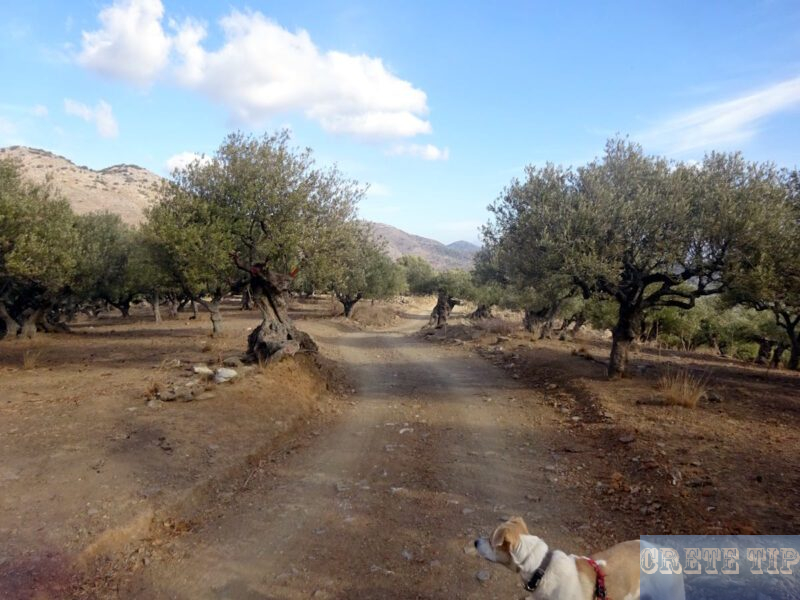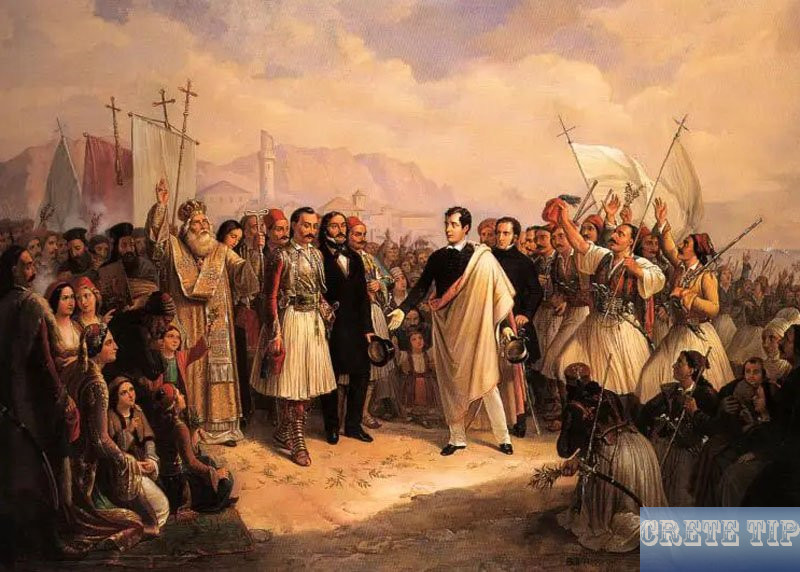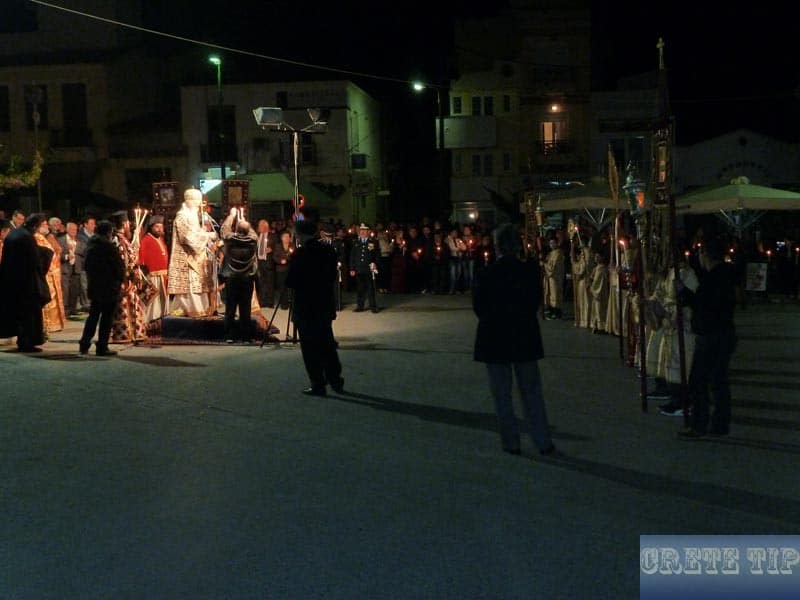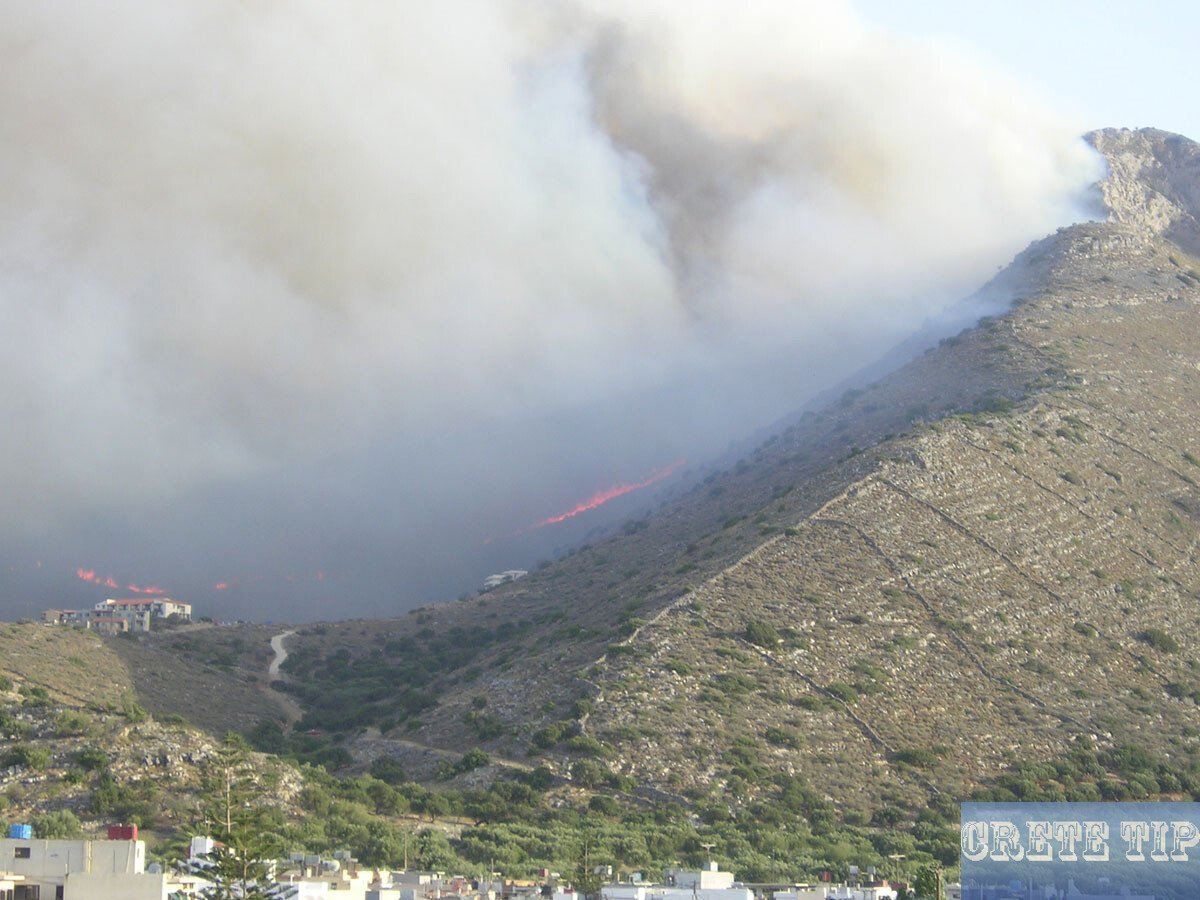How did the water shortage affect Crete in 2024?

How did the water shortage affect Crete in 2024?
Table of Contents
Crete had faced significant challenges due to a water shortage following two dry winters. The island, which heavily relies on tourism, is now experiencing the effects of dwindling water resources. This shortage has led to hotels and resorts implementing strict water conservation measures, directly impacting the visitor experience.
At the summer peak season, tourists may notice restrictions such as shorter showers and reduced water availability in some facilities. The urgency of the situation has prompted local authorities to address this crisis, but the reliance on tourism complicates efforts to implement necessary changes.
Crete’s beautiful landscapes and rich cultural heritage attract millions of visitors each year. However, if the water crisis is not managed effectively, it poses a threat to the sustainability of tourism on the island. Understanding the relationship between water scarcity and tourism will shed light on the future of this popular destination.
The Impact of Drought on Crete
Crete is experiencing significant challenges due to drought and low rainfall. This has led to declining water levels in reservoirs and aquifers, affecting both residents and the tourism sector. The situation demands urgent water management efforts amidst a declared state of emergency.
Historical Rainfall and Dry Winters
Crete has a Mediterranean climate, but recent years have shown a notable decline in rainfall. The past two winters were particularly dry, leading to a critical shortage of water. Historically, the island has relied on seasonal rains to replenish its water supply.
Experts indicate that average rainfall has dropped significantly since previous decades. This reduction has strained the island’s natural water sources, including rivers and streams. Over time, the combination of climate changes and increased temperatures has intensified these dry spells, creating compounded effects on water availability.
Declining Water Levels in Reservoirs and Aquifers
The drought has led to dramatic declines in the water levels of key reservoirs and aquifers across Crete. For example, the Aposelemi Dam and the Faneromeni Dam have reported alarming decreases in capacity. Such lower water levels threaten the island’s agricultural activities and domestic water supply.
Aquifers, which are crucial for groundwater, are also under stress. Increased extraction for agricultural and tourism needs has led to further depletion. With reservoirs unable to meet demands, local authorities must prioritise conservation and alert communities to the seriousness of the situation.
State of Emergency and Water Management Efforts
In response to this crisis, Crete’s government declared a state of emergency. This acknowledgement allows for rapid implementation of water management strategies. Urgent measures include imposing usage restrictions, especially in urban areas and tourist facilities.
Local authorities are also launching awareness campaigns to educate residents and visitors about water conservation. Additionally, there is a push for repairs and upgrades to the outdated water distribution network. Continuing to mobilise resources will be critical to addressing the water shortage and ensuring sustainable use of water supplies in the future.
Water Scarcity and Its Effect on Local Agriculture

Water scarcity has serious consequences for agriculture, especially in regions like Crete experiencing dry winters. Farmers face significant pressures as they navigate the challenges posed by a lack of water, impacting both irrigation practices and crop yields.
Challenges Faced by Farmers
Farmers on Crete encounter increasing difficulties due to diminishing water resources. Groundwater levels have dropped, making it harder to access necessary supplies for irrigation. High temperatures exacerbate the situation, leading to quicker evaporation rates and further stressing the available water.
As a result, many farmers may need to reduce the area of land they irrigate, which can significantly diminish overall productivity. Some may even abandon certain crops that require more water, opting instead for drought-resistant varieties. This shift not only affects their immediate livelihood but can also change the local agricultural landscape over time.
Impact on Irrigation and Crop Yield
Water scarcity directly impacts irrigation systems across Crete. Many farmers rely heavily on irrigation for their crops, but with limited water, they face difficult decisions. The need for efficient irrigation methods becomes paramount.
Reduced water availability can lead to lower crop yields, which affects the quality and quantity of produce that reaches local markets. This can increase prices for consumers while decreasing income for farmers. Furthermore, crops that do rely on consistent watering may suffer from stress, resulting in a loss of resilience to pests and diseases.
In this way, the interplay between water scarcity and agricultural practices creates a cycle that threatens food security and economic stability for local farmers on Crete.
Tourism Dynamics and Water Shortage
The water shortage resulting from two dry winters has significantly impacted tourism on Crete. Changes in the number of visitors and their behaviour, the effects of overtourism, and the industry’s response highlight the challenges faced by this popular destination.
Changes in Tourist Numbers and Behaviour
Tourist numbers in Crete have experienced fluctuations following the water shortages. Many travellers have reconsidered their choices, opting for destinations with more reliable water resources. Some reports suggest a decline in summer visitors due to concerns over water availability.
We have also received enquiries about the water shortage from holidaymakers planning a stay on Crete!
Behaviour has also shifted; tourists are more aware of water consumption. They are choosing eco-friendly accommodations and engaging in responsible tourism practices. This includes limiting shower times and refraining from excessive use of hotel amenities that require water.
Overtourism and Resource Strain
Crete’s critical water shortage has been exacerbated by overtourism. The island had been attracting millions of visitors yearly, particularly from cruise ships and all-inclusive resorts. This influx has placed immense pressure on already strained water supplies.
In response, locals have expressed growing concerns. Many residents have witnessed a decline in water quality due to excessive consumption. Authorities have implemented restrictions to manage demand, potentially affecting visitor experiences.
The Response of the Tourism Industry
The tourism industry on Crete has begun adapting to the water crisis. Hotels are implementing water-saving technologies such as low-flow showerheads and recycling systems. Many businesses now promote water conservation to their guests.
Some operators are emphasising sustainable tourism practices to attract eco-conscious visitors. The industry is also seeking to educate tourists on the importance of preserving local water resources. Initiatives include awareness campaigns that highlight the island’s environmental challenges and the need for responsible tourism.
Innovations in Water Conservation

As Crete faces significant water shortages following two dry winters, innovative solutions are emerging to address this pressing issue. These efforts focus on advanced technologies and practical strategies that can enhance water availability and promote sustainable practices, particularly in the tourism sector.
Advancements in Desalination Technology
Desalination technology is gaining traction in Crete as a viable method to secure fresh water. Modern desalination plants convert seawater into potable water using reverse osmosis, which is highly efficient. Recent advancements have improved energy use, making the process more sustainable.
In nearby islands like Naxos and Tinos, similar approaches have shown promise. Increased investments in solar-powered desalination units reduce costs and environmental impact. This innovation not only bolsters water supply but also supports the local economy by providing consistent access to water for residents and tourists alike.
Rainwater Harvesting Initiatives
Rainwater harvesting is being actively promoted as a practical solution to combat water shortages. This initiative encourages properties, especially tourist facilities, to collect and store rainwater for various uses. Simple systems can be installed on rooftops to funnel rainwater into storage tanks.
On Crete, local municipalities support these projects through financial incentives and technical advice. By utilising rainwater for irrigation and non-potable needs, the demand for treated water decreases. This approach not only conserves water but also raises awareness of sustainable practices among tourists and residents.
Water Conservation Strategies for the Tourism Industry
The tourism industry plays a crucial role in water conservation efforts on Crete. Many hotels and resorts are adopting water-saving technologies, such as low-flow fixtures and greywater recycling systems. These technologies significantly reduce water consumption.
Educating tourists about water use is also vital. Many establishments implement awareness campaigns, encouraging visitors to conserve water during their stay. Simple measures like reusing towels and limiting shower times can make a meaningful difference.
In conjunction with local authorities, tourism operators are committed to responsible water use, ensuring that the enjoyment of the island’s beauty does not compromise its essential resources.
Climate Change’s Role in Water Shortages

Climate change greatly influences water availability, leading to increased drought conditions. In Crete, changing weather patterns have exacerbated water shortages, particularly after two dry winter seasons, impacting tourism and daily life.
The Link Between Climate Change and Drought in Crete
The relationship between climate change and drought conditions in Crete is significant. Rising global temperatures can lead to altered rainfall patterns, creating longer dry periods.
In recent years, the Mediterranean region has experienced increased temperatures. According to scientists, this warming can decrease precipitation and increase evaporation rates.
Crete, specifically, has seen its water supply become more vulnerable. As droughts become more frequent and severe, the island faces critical challenges with water scarcity, particularly during peak tourist seasons. This compounding effect of climate change poses a serious threat not only to the environment but also to the tourism industry that relies heavily on water resources.
Funding and Future Projections

The water shortage in Crete due to two dry winters has pushed for urgent funding solutions. Addressing this crisis involves both governmental support and international aid. Future projections highlight the need for sustainable practices to secure water sources.
Government and International Funding for Water Projects
Crete requires substantial financial backing for effective water management. The Greek government has started to allocate funds for initiatives aimed at improving water infrastructure. This includes repairing old pipelines and enhancing wastewater treatment facilities.
International organisations may also contribute to these efforts. The European Union has shown interest in financing sustainable water projects. Grants and low-interest loans can significantly aid local governments in tackling the water crisis.
Collaboration between various stakeholders can enhance funding opportunities. Governments, NGOs, and private entities need to work together. This holistic approach could create a more resilient water system on the island.
Long-Term Projections for Crete’s Water Security
Future projections indicate that without intervention, Crete’s water security will remain precarious. The increasing demand from tourism and agriculture exacerbates the situation. Experts stress the necessity of developing new water sources, such as desalination plants and rainwater harvesting systems.
Sustainable practices will be essential. Investing in conservation strategies can reduce water wastage. Awareness campaigns focusing on responsible water use are vital to support these initiatives.
Long-term forecasts suggest that adaptive management strategies will be crucial. By continuously monitoring water resources, authorities can make informed decisions. If properly funded, these efforts can greatly improve Crete’s water situation and support its tourism industry.
Educational and Cultural Impact

The recent water shortage on Crete has affected both education and cultural awareness in significant ways. The challenges presented by drought have prompted increased research and community engagement. Notably, institutions like the University of Crete and the Museum of Natural History are at the forefront of addressing these issues.
University of Crete’s Research on Water Management
The University of Crete has initiated several research projects focused on sustainable water management. Experts from various departments are analysing the impact of the drought on local ecosystems and water resources. Their studies aim to develop effective strategies to manage water scarcity, particularly in the tourism-heavy regions.
By collaborating with local authorities, the university seeks to implement solutions that promote water conservation. Educational programmes aim to increase public awareness about the importance of water resources. Students are actively involved in fieldwork, gathering data that can inform future policies. This hands-on experience enriches their learning while addressing a pressing community issue.
Museum of Natural History’s Exhibits on Drought and Conservation
The Natural History Museum in Crete has stepped up its educational efforts in light of the water crisis. It has launched exhibits showcasing the effects of drought on the island’s unique landscape and biodiversity. Interactive displays engage visitors, emphasising the importance of conservation practices.
By highlighting local species and ecosystems threatened by water shortages, the museum fosters a sense of responsibility among visitors. Workshops and guided tours are designed to educate the public about sustainable living. The museum partners with local schools to create programmes that promote awareness of environmental issues, linking cultural heritage with conservation efforts in areas like Phaistos.



